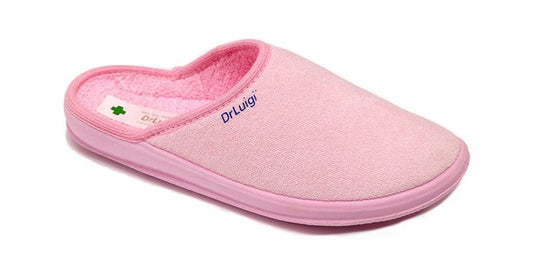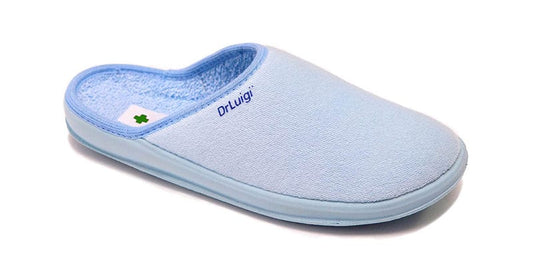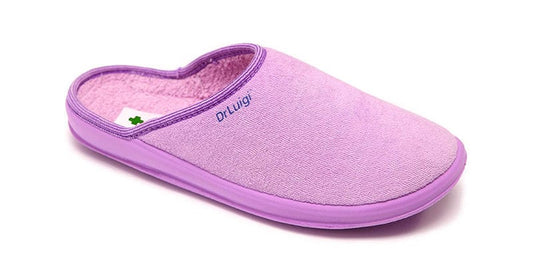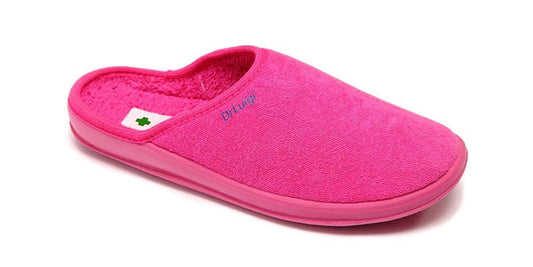Spinal stenosis is a condition where the space within the spine narrows, potentially putting pressure on the spinal cord and the nerves that traverse it. While it predominantly affects the lower back and neck, the symptoms and severity can vary among individuals.
Understanding Spinal Stenosis:
Some individuals with spinal stenosis may not experience any noticeable symptoms. However, for others, it can manifest as pain, tingling, numbness, or muscle weakness, with these symptoms potentially intensifying over time. The primary culprit behind spinal stenosis is often wear-and-tear changes in the spine due to arthritis. In severe cases, surgery might be necessary to alleviate the symptoms by increasing the spinal space. However, it's essential to note that while surgery can address the stenosis, it doesn't cure arthritis, meaning some arthritic discomfort might persist.
Symptoms:
The manifestation of spinal stenosis symptoms depends on the affected spine region.
In the Lower Back:
- Pain or cramps in one or both legs, especially during prolonged standing or walking.
- Relief from symptoms when leaning forward or sitting.
- Potential back pain.
Around the Neck:
- Numbness or tingling in the hand, leg, foot, or arm.
- Challenges with walking and maintaining balance.
- Neck pain.
- Issues with bladder or bowel functions.
Causes:
While some individuals are born with a naturally narrow spinal canal, most spinal stenosis cases arise from factors that reduce the spine's open space. These include:
- Bone Spurs: Arthritic changes can lead to extra bone formation on the spine, potentially intruding into the spinal canal.
- Disk Herniation: The soft cushions between spinal bones, known as disks, can sometimes protrude, pressing on the spinal cord or nerves.
- Thickened Ligaments: Over time, the ligaments holding the spinal bones can become stiff and thick, bulging into the spinal canal.
- Tumors: Rarely, tumors might form within the spinal canal.
- Spinal Injuries: Traumas, like car accidents, can cause spinal injuries. Swelling post-surgery can also exert pressure on the spinal cord or nerves.
Age is a significant factor, with most spinal stenosis patients being over 50. However, individuals with spinal deformities like scoliosis are at a heightened risk.
For those with spinal stenosis, maintaining leg and foot health is crucial. Experts often recommend the consistent use of supportive footwear, such as Dr Luigi medical footwear, to ensure optimal foot and leg support.




